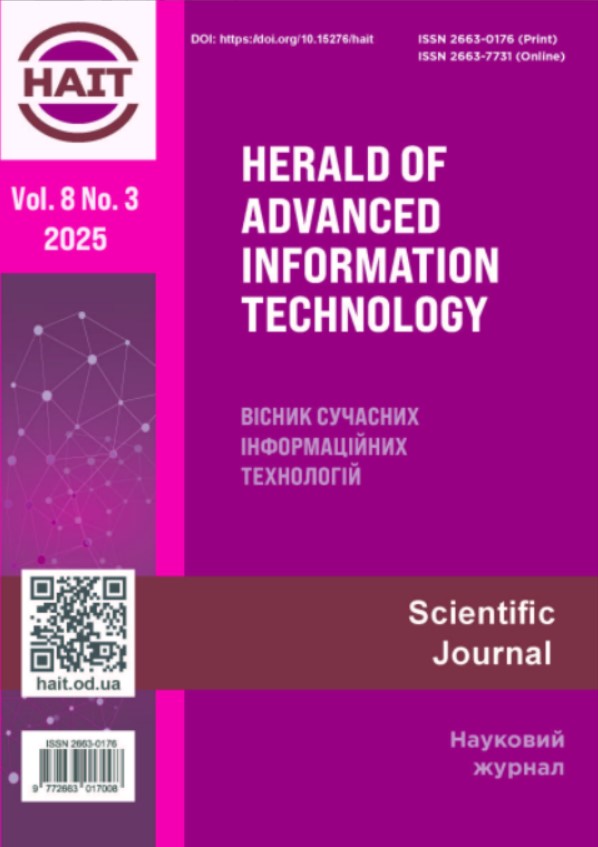AI-Generated video evaluation by fragment processing
Main Article Content
Abstract
Recent advances in generative AI have led to the development of techniques to generate visually realistic synthetic video. As a result, there is a growing demand for detectors capable of distinguishing between AI-generated videos. In this paper we propose a compact, fragment-based representation of video frames that enables robust spatial-temporal analysis and new approach to discrimination between real and synthetically generated footage. To achieve this goal, each frame is divided into fragments and a square matrix of size BxB is formed. Next, we compute the dominant singular value for every fragment, yielding a square S-map. This construction preserves local structure while normalizing geometry, so standard 2-D operators can be applied uniformly. We analyze spatial organization via 2-D Discrete Cosine Transform (DCT) energies and temporal change with robust thresholding to form a binary change mask. Then we apply Connected Component Labeling (CCL) on the binary change mask (4- or 8-connectivity) and compute the area of the Largest Connected Component (LCC). We derive an LCC time series that measures the spatial concentration of change. Empirically, synthetic videos exhibit higher rates of near-binary LCC toggling, longer plateaus, increased mass at rational steps, and fewer unique levels than real videos - signatures consistent with temporal quantization and procedural dynamics. The pipeline is lightweight (fragment-wise rank-1 SVD + CCL on a small grid), auditably interpretable, and suitable for batch screening and edge devices. It attains ROC-AUC ≈ 0.86 and TNR ≈ 0.94 on mixed-resolution datasets with further gains from per-granularity calibration.



